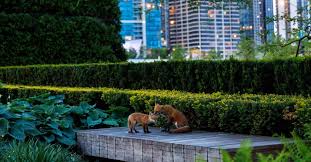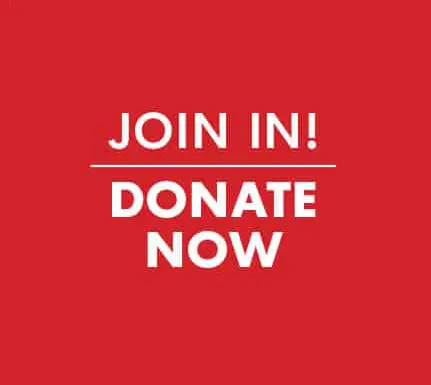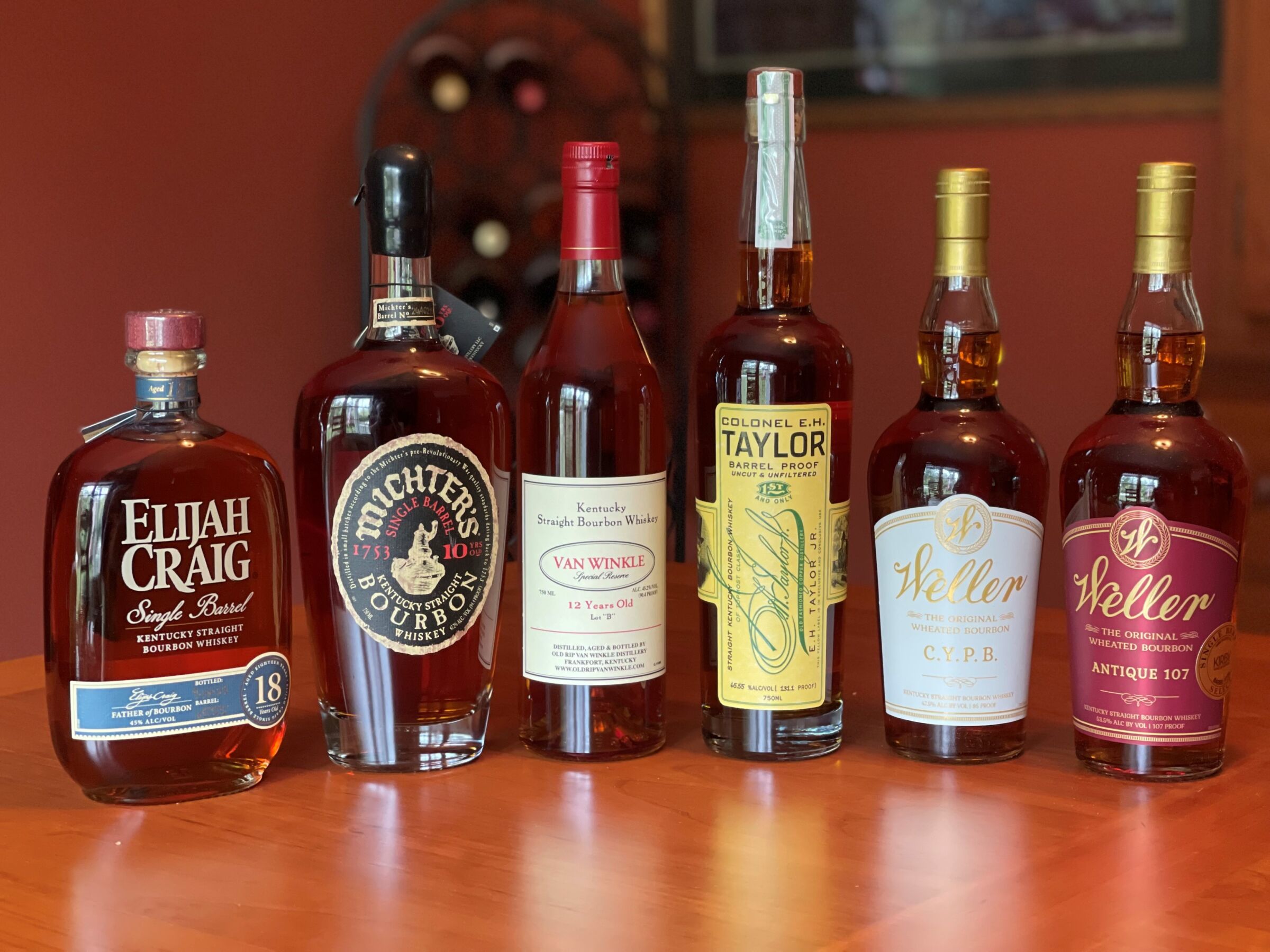Wildlife and Green Spaces: The Positive Impact
Green spaces have a profoundly positive impact on local wildlife and ecosystems, offering numerous ecological, social, and economic benefits. They maintain ecological balance and biodiversity in urban settings, promoting healthier ecosystems and more resilient cities.
Habitat Creation and Biodiversity
- Shelter and breeding grounds: Green spaces like parks, gardens, and urban forests provide essential habitats for various species of birds, insects, mammals, and plants. They act as refuges in urban environments where natural habitats are scarce.
- Biodiversity hotspots: By planting diverse species of trees, shrubs, and flowers, green spaces promote biodiversity, supporting both native and migratory species. Even small gardens can support pollinators like bees and butterflies, essential for the health of ecosystems.
- Wildlife corridors: These spaces can act as corridors for animals to move safely between habitats, allowing for gene flow and reducing the risk of inbreeding.

Green spaces have a profoundly positive impact on local wildlife and ecosystems, offering numerous ecological, social, and economic benefits.
Ecosystem Services
- Air and water purification: Vegetation in green spaces absorbs pollutants, filters rainwater, and reduces the amount of stormwater runoff, improving local water quality. Trees also help sequester carbon, playing a role in mitigating climate change.
- Climate regulation: Green spaces moderate urban temperatures by providing shade and cooling through evapotranspiration. This can reduce the urban heat island effect, benefiting both wildlife and humans.
- Soil health: Vegetated areas improve soil quality by preventing erosion, enhancing water retention, and supporting healthy microbial communities.
Pollination and Pest Control
- Pollinator support: Green spaces are crucial for sustaining populations of pollinators like bees, butterflies, and bats, which are essential for the reproduction of many plants, including agricultural crops.
- Natural pest control: By attracting predatory species like birds and beneficial insects (e.g., ladybugs and lacewings), green spaces can help control pest populations without the need for chemical pesticides, promoting a healthier ecosystem.
Resilience to Environmental Changes
- Flood prevention: Green spaces, especially those with wetlands or trees, act as natural buffers, absorbing excess rainwater and reducing the impact of floods.
- Adaptation to climate change: Urban green spaces can help cities adapt to climate change by reducing heat stress, conserving water, and preserving species that might otherwise be lost due to habitat destruction or changing climate conditions.
Support for Food Webs
- Primary producers: Green spaces provide a base for food webs by supporting plants that are the primary producers. These plants feed herbivores, which in turn support predators, creating a balanced ecosystem.
- Seed dispersal: Many animals (birds, mammals) rely on green spaces to find food, and in turn, they aid in seed dispersal, contributing to the spread of native plants and the regeneration of ecosystems.
Social and Cultural Benefits
- Human-wildlife interaction: Green spaces enhance people’s connection to nature, raising awareness of the importance of biodiversity and conservation. This can lead to stronger support for wildlife protection and ecological initiatives.
- Urban farming and food security: Some green spaces are used for community gardens or urban farms, which can provide local food sources and contribute to food security while fostering local biodiversity.
Project EverGreen’s Clean Air Calculator
It is easy to underestimate the power of green spaces that grow around us and, if we are lucky, surround the places where we call home, go to work, and enjoy our leisure time.
A new, online calculator will change the way we think about green spaces we often take for granted. Project EverGreen is the exclusive licensee of the Clean Air Calculator™ in the U.S.
The Clean Air Calculator, powered by Project EverGreen, is a web-based mapping tool that measures the positive environmental impact of plants—specifically lawns, trees, and shrubs on a property.
The calculator will be used by lawn and landscape professionals, park directors, golf course superintendents, commercial property owners, sports fields managers, homeowners, and others.
Plants not only capture carbon but also provide us with cleaner, cooler air. Lawns, trees, and shrubs make up green spaces but so do other plants like flowers and gardens. They attract people, wildlife, bees, insects, and microscopic organisms.
Underneath, soil helps grow and support green spaces with its own ecosystem of roots, earthworms, microbes, insects and even animals, like moles and gophers.
While all those things contribute to environmental health, our calculator uses three land covers—lawns, trees, and shrubs to measure the benefits of green space.
The calculator helps one visualize the environmental impact of land cover on a property by measuring four environmental health factors:
- Clean Air
- Carbon Sequestered
- People Impacted
- Km Offset
The Clean Air Calculator combines geographic information system (GIS)-based interactive maps with a scientific data model to identify the value of actual greenspace in cities, neighborhoods, communities, and individual properties.




